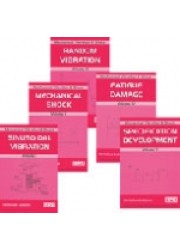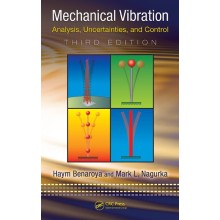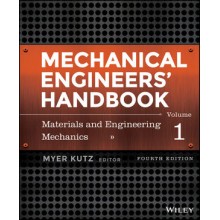Mechanical Vibration and Shock (5 Volume set)
Author: Christian Lalanne
Dispatch Time: 2 - 3 Days
Quantity:
-
Add to Compare
These unique, authoritative volumes, written by one of France's leading experts, lay down presents the main methods of analysis and simulation in laboratory of the dynamic environments to which are subjected the materials transported or installed near vibratory sources.
Manufactured products must be designed to withstand the effects of the various environment factors (vibrations, shocks temperature, moisture...) which they will meet in their service life. The recent international standards require qualifying equipments by tests defined according to the real conditions of use (test tailoring).
This series proposes a method making it possible to write personalized dimensioning and test specifications starting from the life profile of the material and reproducing in it the largest stresses and the fatigue damage created by vibrations and shocks. The mechanical behaviour of the material being not known at any beginning of project, these equivalences are carried out starting from the model already used for shocks, the single degree-of-freedom mechanical system, thus generalizing its use.
The method in addition makes it possible to apply an uncertainty coefficient to take account of the variability of the real vibrations, of the material strength and a test factor to take account of small number of tests carried out during the qualification for cost reasons.
Write a review
Your Name:Your Review: Note: HTML is not translated!
Rating: Bad Good
Enter the code in the box below:
Copyright © 2014 Engineering Standards Bureau. All Rights Reserved.
Developed By Zoom Into Web








